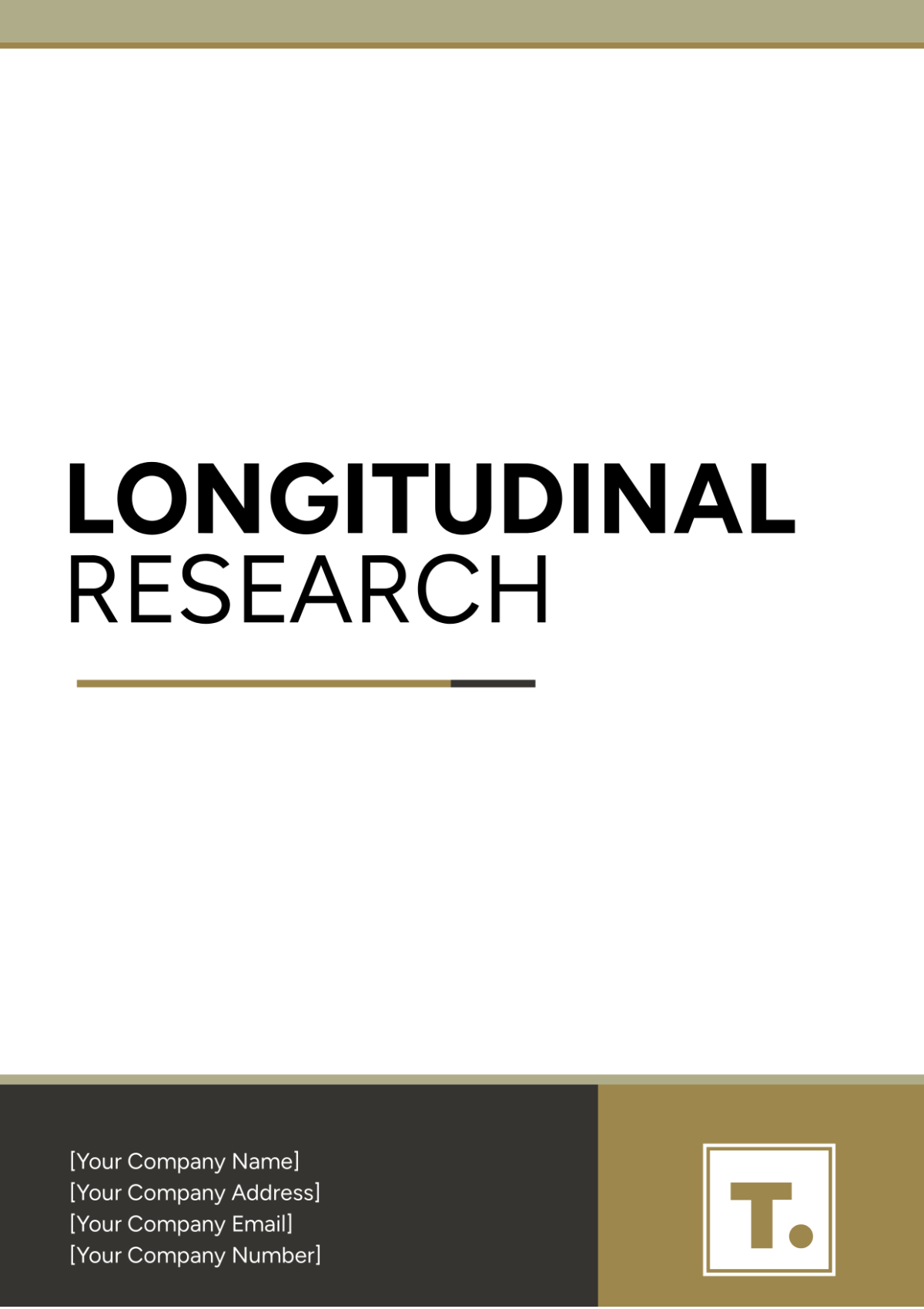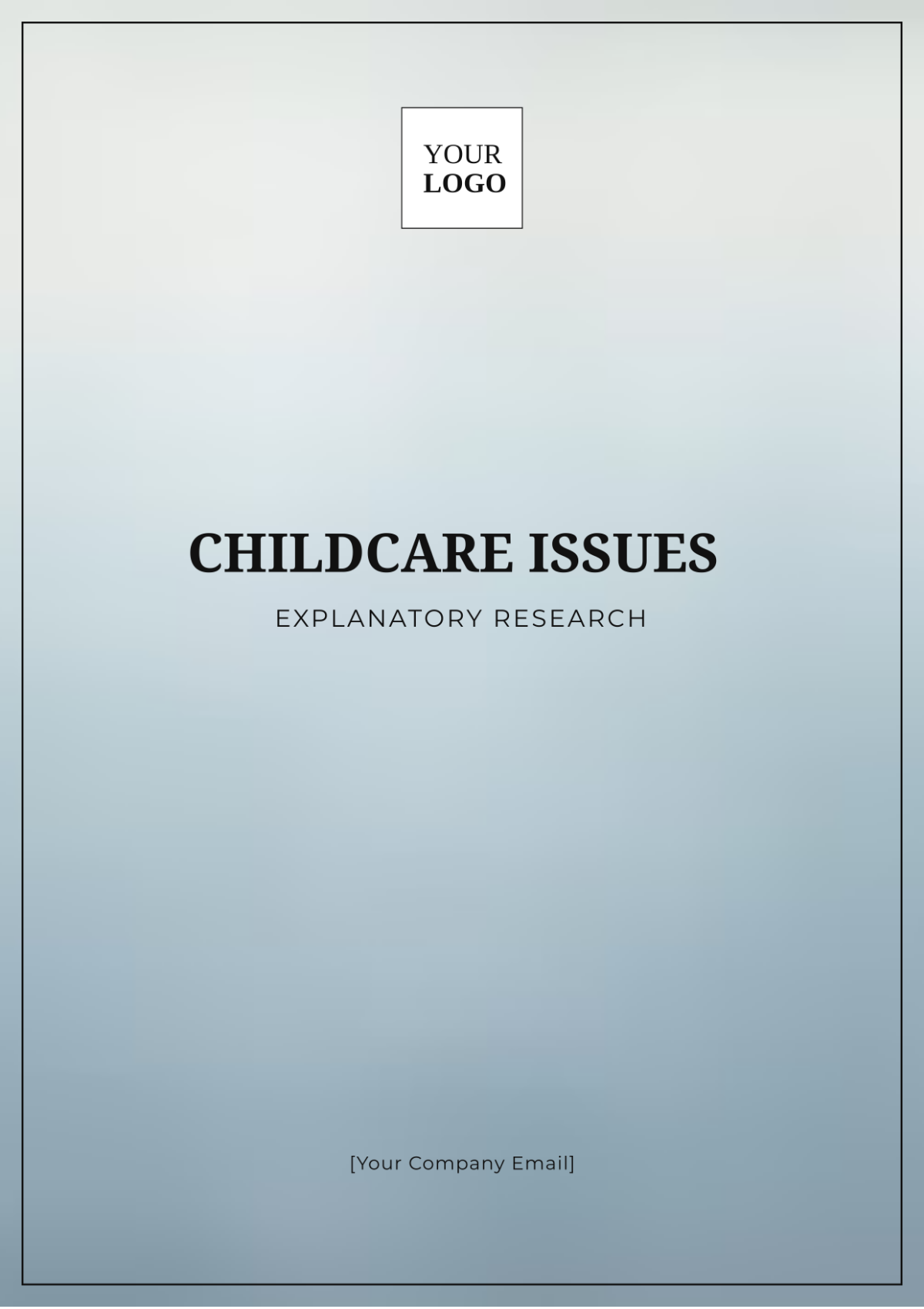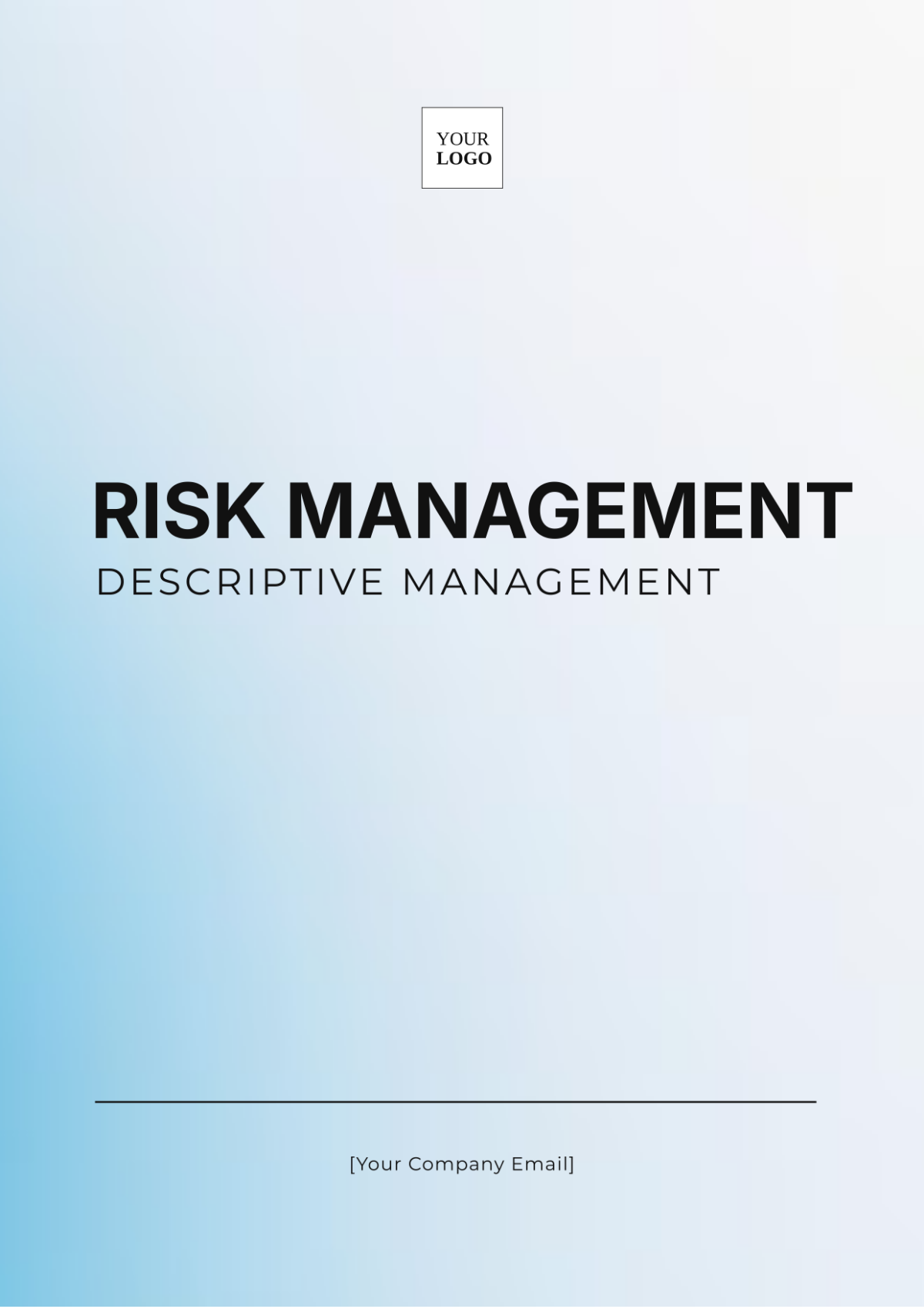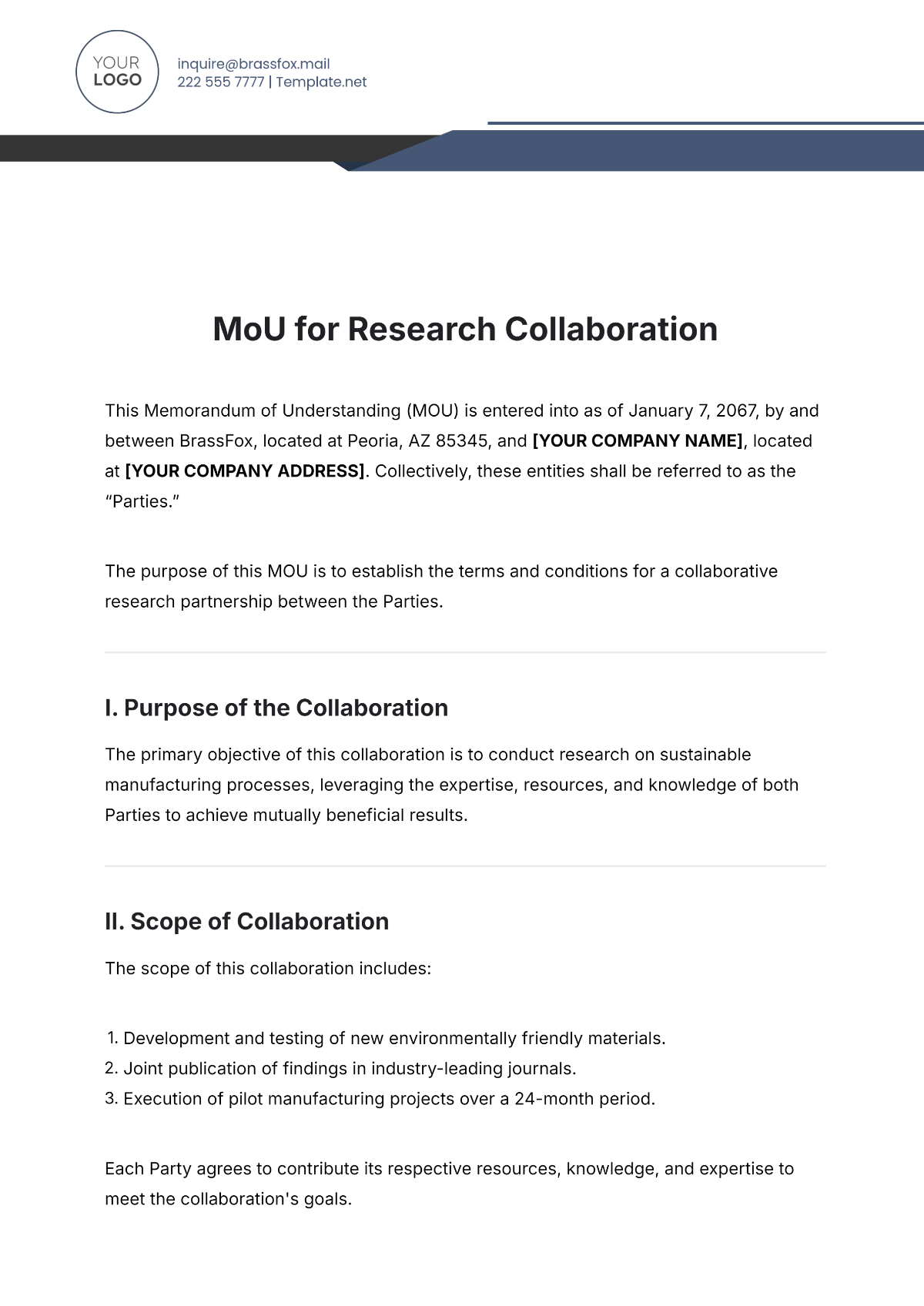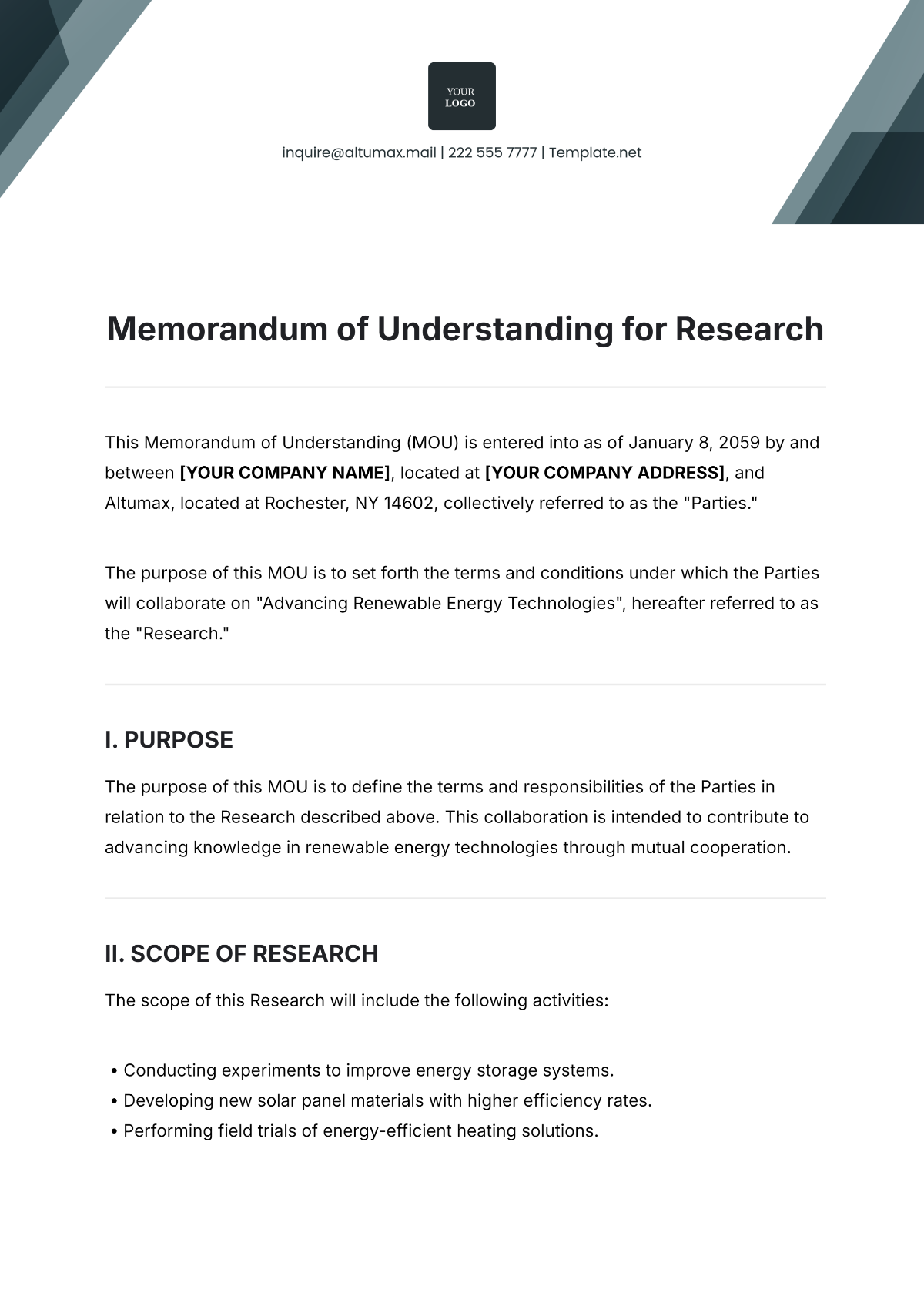Field Research Problem
Introduction
The interaction between human activities and natural ecosystems has become a critical area of study in environmental science. Human activities have significantly impacted ecosystems, often leading to degradation and loss of biodiversity. This research investigates the multifaceted effects of such activities on various ecosystems, providing a comprehensive overview of the implications and suggesting potential mitigation strategies.
Types of Human Activities Impacting Ecosystems
Human activities that affect ecosystems can be categorized into several types, each with distinct impacts:
Deforestation
Deforestation involves the large-scale removal of forests, mainly for timber and clearing agricultural land. This practice has numerous detrimental effects:
Loss of biodiversity
Soil erosion
Disruption of water cycles
Case Study: The Amazon Rainforest has seen significant deforestation, resulting in habitat destruction and loss of species.
Urbanization
Urbanization refers to expanding cities and towns, which often leads to converting natural lands into urban areas. This transformation affects ecosystems in several ways:
Habitat fragmentation
Increased pollution
Higher demands on natural resources
Example: Coastal regions undergoing rapid urbanization have experienced significant changes in local ecosystems, affecting both terrestrial and marine environments.
Pollution
Pollution from industrial, agricultural, and residential activities introduces harmful substances into the environment:
Air pollution
Water pollution
Soil contamination
Pollution can be particularly devastating to aquatic ecosystems, leading to eutrophication and dead zones.
Agricultural Practices
Modern agricultural practices, including the use of fertilizers, pesticides, and monocropping, have profound impacts on ecosystems:
Soil degradation
Pesticide runoff
Loss of genetic diversity
Intensive agriculture often leads to the degradation of soil quality and the disruption of local water cycles.
Ecological Impact Assessment
Assessing the ecological impacts of human activities involves several methods and tools:
Environmental Impact Assessments (EIAs)
Remote sensing and GIS technologies
Biodiversity monitoring programs
Mitigation and Conservation Strategies
Efforts to mitigate the harmful effects of human activities on ecosystems include:
Strategy | Description |
|---|---|
Protected Areas | Establishment of national parks and reserves to conserve biodiversity |
Sustainable Practices | Adoption of environmentally friendly agricultural, industrial, and urban planning practices |
Restoration Projects | Rehabilitation of degraded ecosystems, such as reforestation and wetland restoration |
Conclusion
Human activities have pervasive and often detrimental effects on ecosystems. Understanding these impacts is crucial for developing effective conservation and mitigation strategies. Adopting sustainable practices and promoting ecological restoration can reduce the negative effects on ecosystems and ensure their health and resilience for future generations.
References
Author, A. (2055). Title of the Book. Publisher.
Author, B. (2052). Title of the Article. Journal Name, Volume(Issue), pages. doi
Organization. (2050). Title of the Report. Retrieved from URL


































